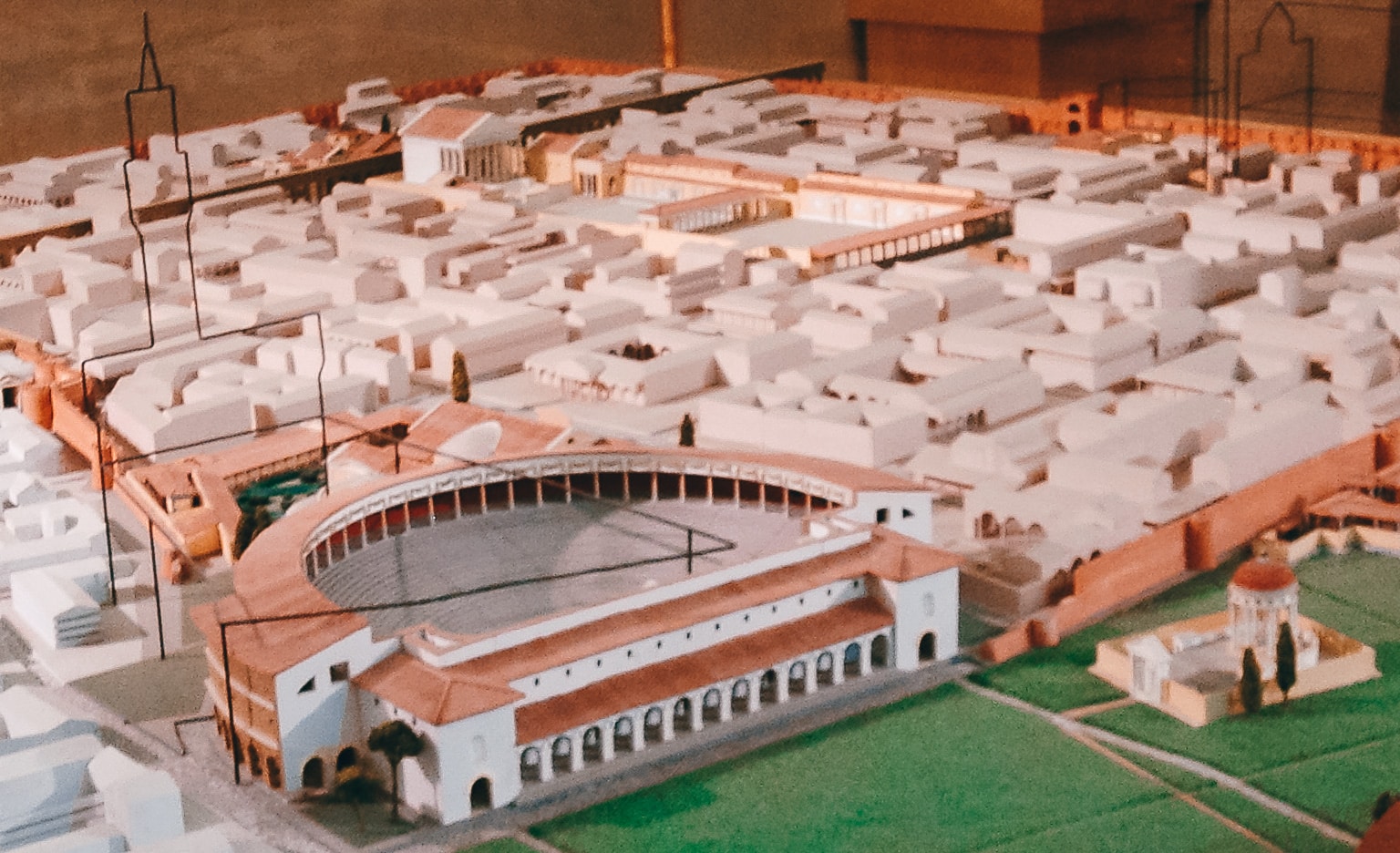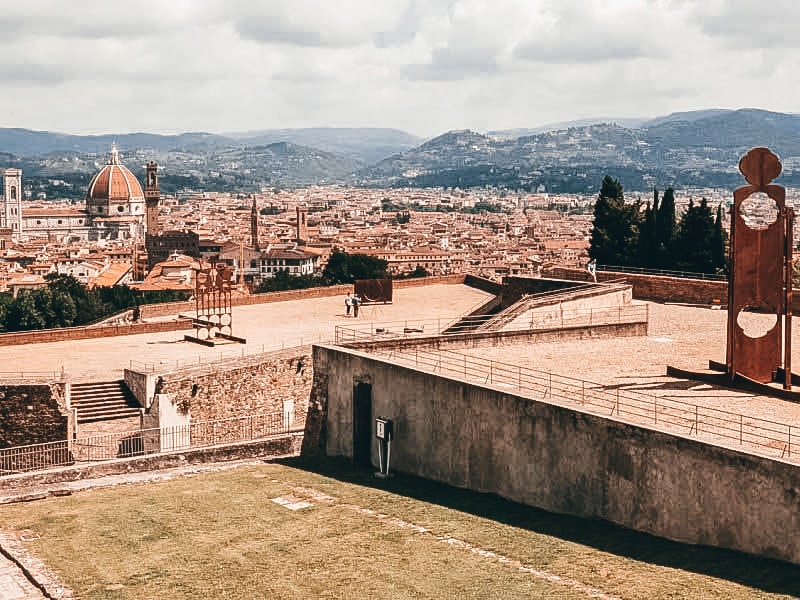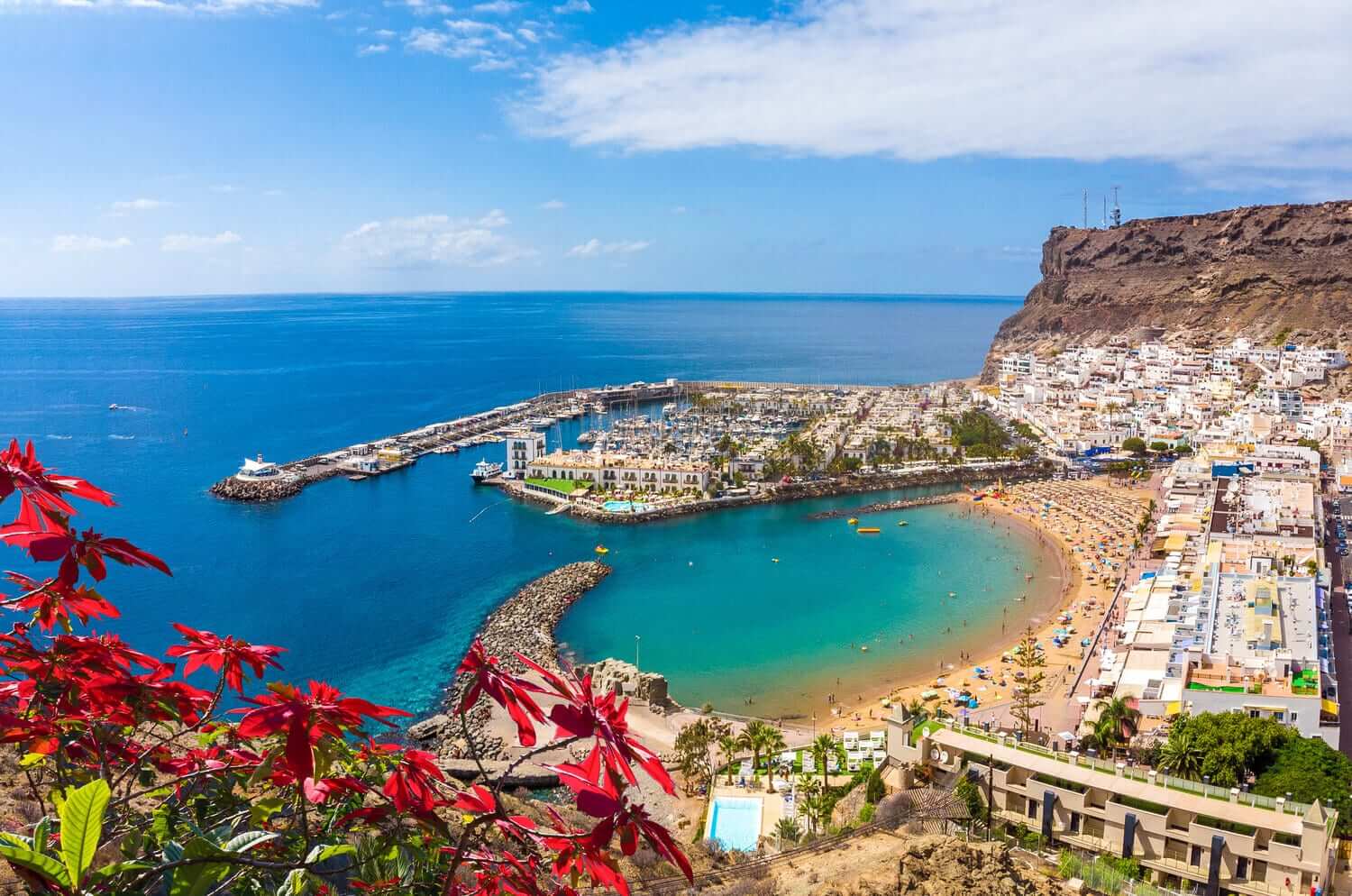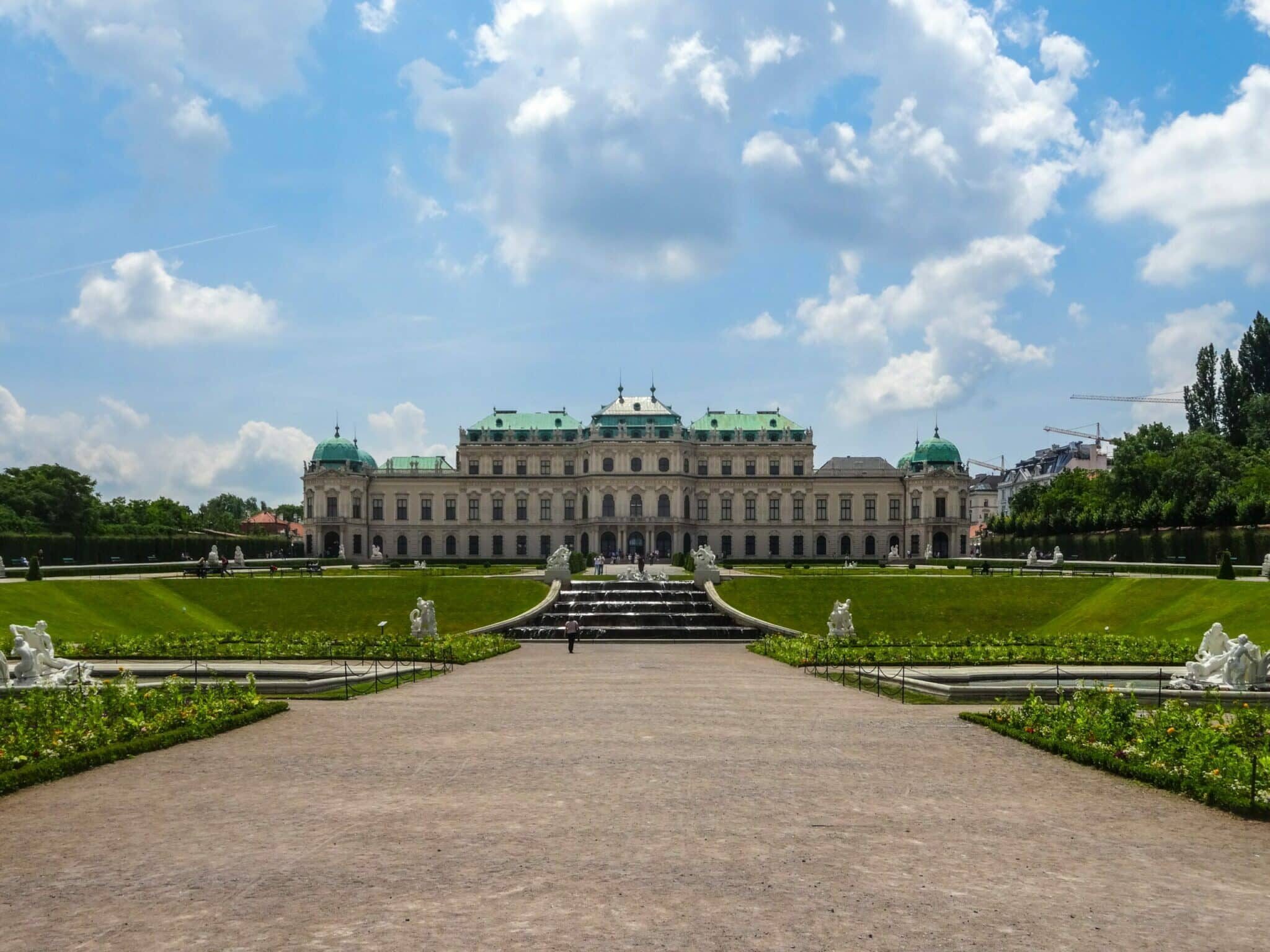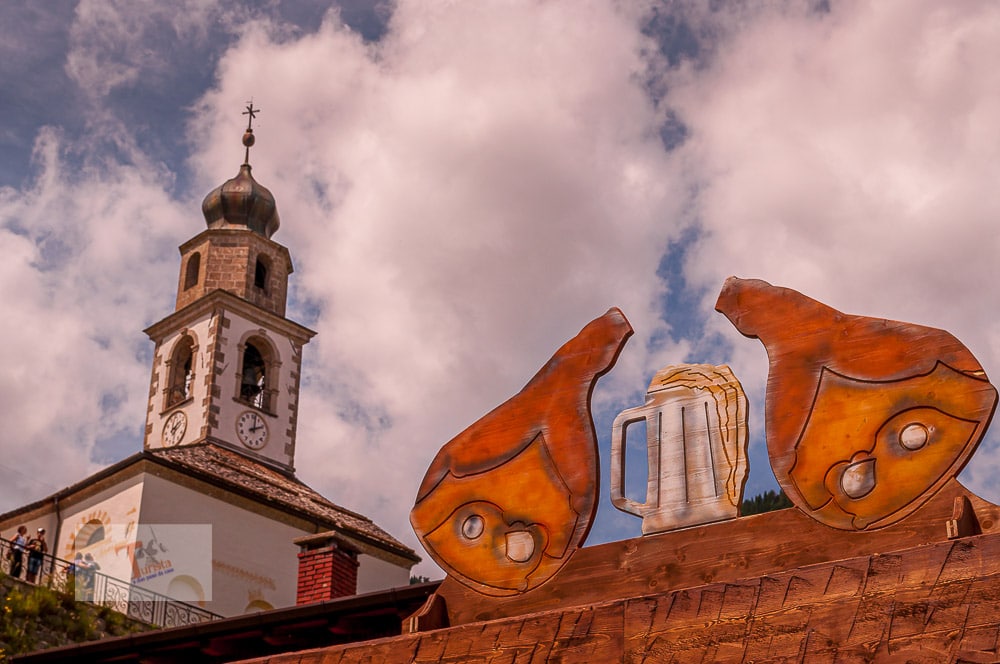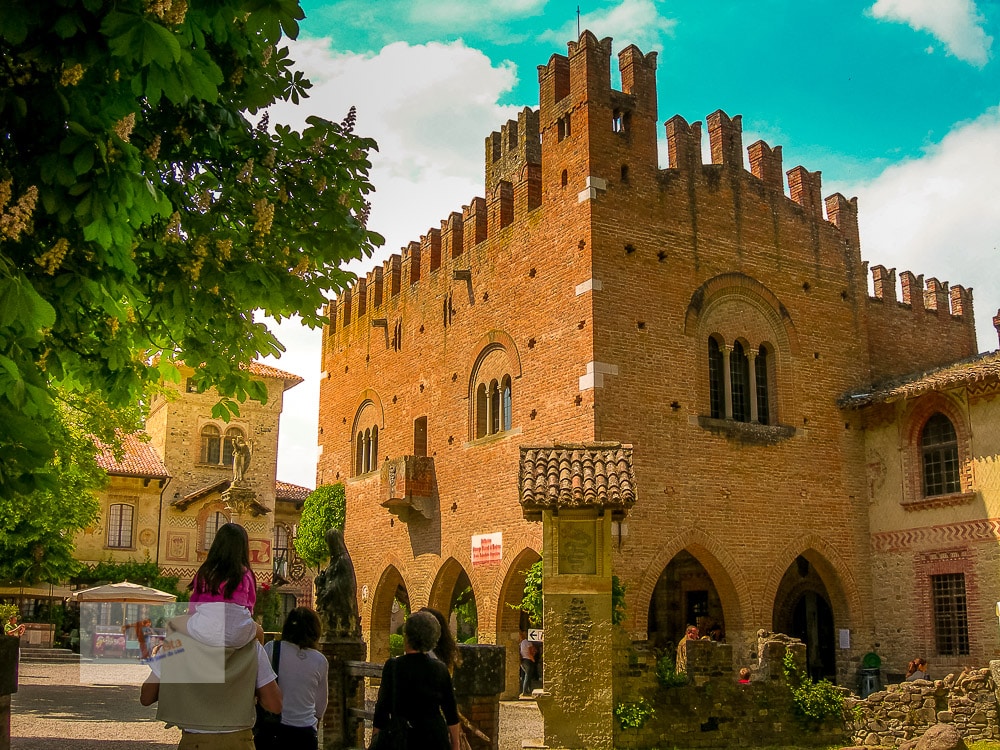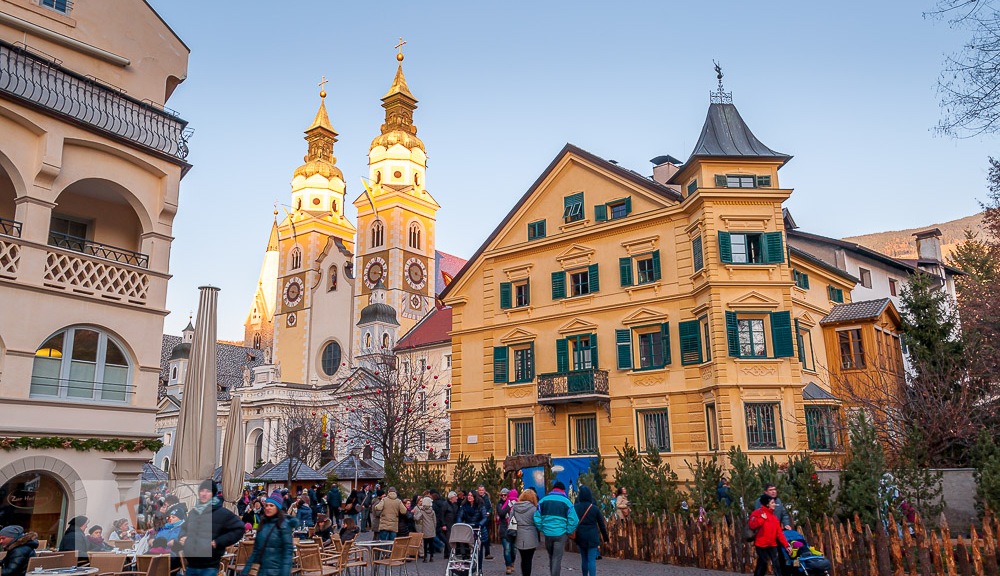Palazzo Vecchio 🕍
Palazzo Vecchio is the symbol of the city of Florence, together with Santa Maria del Fiore and Michelangelo’s David, and has always been the seat of the city government.
The richness of the internal architecture is instead largely the work of Giorgio Vasari who also designed the Salone del Cinquecento, Francesco I’s Studiolo, the Eleonora Quarter, and the Elements Quarter. Every room in Palazzo Vecchio is rich in history and secrets, some of which have not yet been resolved. The magnificent Salone del Cinquecento was commissioned by Girolamo Savonarola in the short period in which he held power in Florence, before being executed as a heretic in 1498 in Piazza Della Signoria. In this room, Leonardo da Vinci and Michelangelo Buonarroti were summoned to fresco the Council Room with scenes from two fundamental battles in the history of the Florentine Republic, the Battle of Anghiari and the Battle of Cascina.
Forte di Belvedere 🖼
The Forte di Belvedere offers an example of military architecture of the late sixteenth century, known by the name of Arnolfo di Cambio, the new fortresses called “grazing” become in modern times, the model to draw inspiration from in building fortifications throughout Europe. These new fortresses, designed to meet the new military needs, are easily recognizable, the first aspect that leaps to the eye is that they do not have a high tower that dominates them as happens in medieval fortifications; they have walls devoid of battlements and massive to withstand the impact of enemy artillery, with wide and protruding angles as they are used as a base for the positioning of the artillery and to allow the defense of each side of the fortress down to the ground. After your visit, leave yourself some time to calmly appreciate the different views that the Forte di Belvedere offers: the wonder of the Arno flowing among the Florentine beauties.
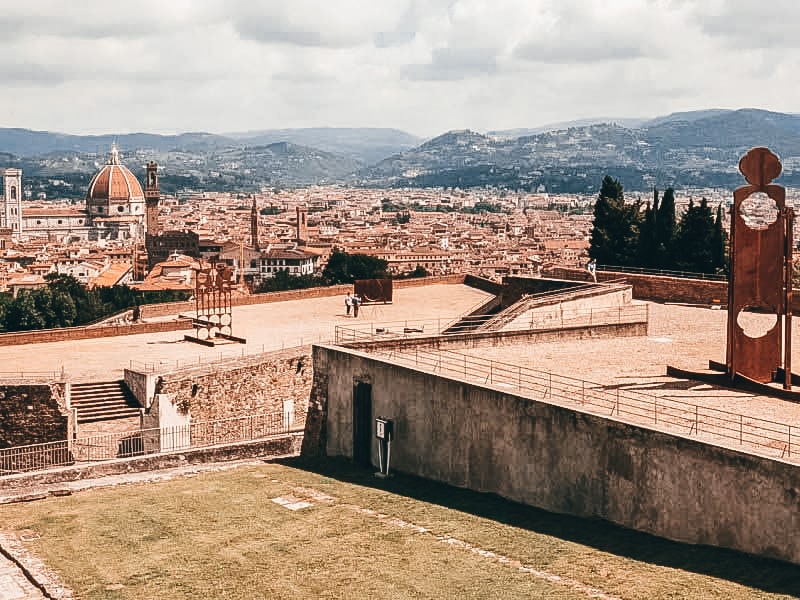
Museo Novecento 🏺
The Museo Novecento in Florence is dedicated to the Italian art of the twentieth and twenty-first centuries and offers, in addition to a permanent collection, temporary exhibitions that enrich the Museum’s activities with in-depth, collective, and dossier exhibitions.
The exhibition venue is the ancient Spedale Delle Leopoldine in Piazza Santa Maria Novella.
Museo Stefano Bardini 🏛
Stefano Bardini was a prominent figure in late 19th century Florence and was defined by all as the “Prince of Antiquaries“. His artistic career began as a painter at the Academy of Fine Arts in Florence, an unprofitable business that he soon left to devote himself to the art of restoration and the antique trade. Bardini began his sales activity in Italy, Europe and America. It has 3 main rooms: on the ground floor there is the Hall of Charity, a very suggestive environment dedicated to medieval and Renaissance sculpture; on the mezzanine the Sala Delle Madonne, which owes its name to the rich collection of terracotta Madonnas of the fifteenth century in Florence, made in the most active workshops of the moment: from Verrocchio to Jacopo Della Quercia, from Ghiberti to Donatello; on the first floor, the Sala Delle Cornici which houses 47 frames from Bardini’s rich collection and a series of artifacts made of decorated leather, which testify to the antiquarian’s great interest in all aspects of Renaissance craftsmanship. The frames are displayed empty, one inside the other, as Stefano Bardini wanted them starting in 1880.
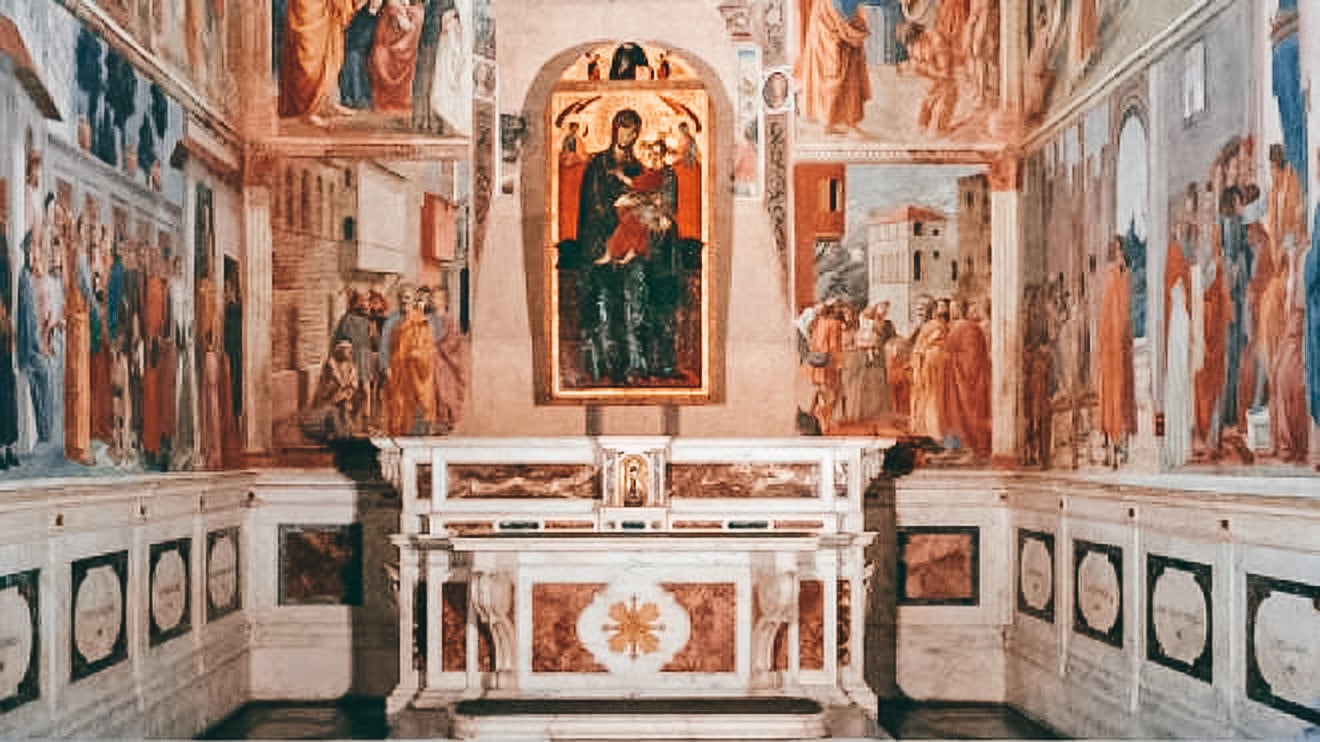
Cappella Brancacci 💒
The Brancacci Chapel is located inside the church of Santa Maria del Carmine in Florence and its frescoes represent one of the highest expressions of Renaissance painting. The chapel is famous all over the world because it houses the valuable cycle of frescoes with the Stories of St. Peter. The frescoes were made between 1424 and 1428 by Masolino da Panicale and the young Masaccio, his pupil.
Museo Stibbert 🛡
The Stibbert Museum is located in the beautiful Villa di Montughi, built on the homonymous hill and residence of Frederick Stibbert, a wealthy Anglo-Italian collector and entrepreneur of the 1800s. The museum house houses a curious and extensive collection of weapons, armor, costumes, and objects of various eras and origins, collected by Stibbert during his life and donated to the city of Florence, together with the Villa, upon his death. The Stibbert Museum offers an original experience, a journey back in time in a period residence that is anything but usual, furnished, and embellished with antiques from all over the world.
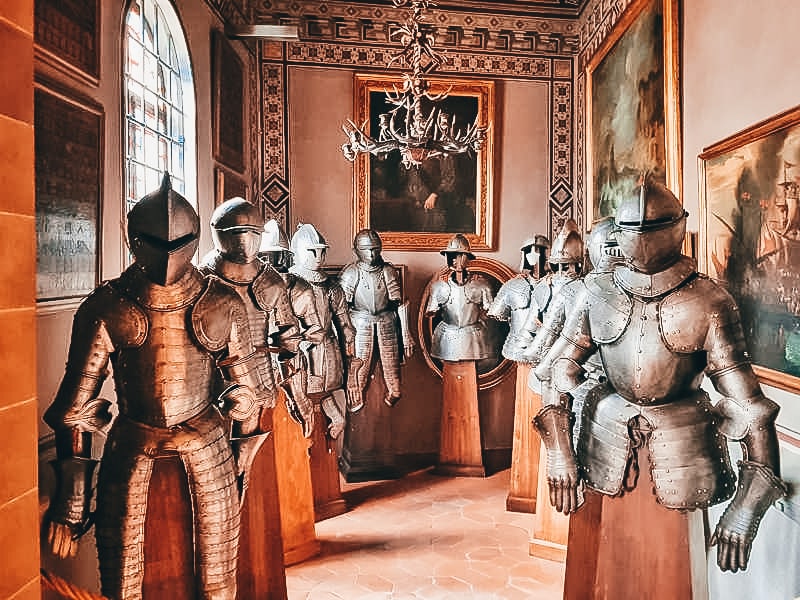
Museo del Bigallo 🏛
This small two-room museum preserves the historical memory of the brotherhood but also a record: the first representation of Florence. The most significant work of the Bigallo Museum is in fact the Madonna Della Misericordia, a fourteenth-century work by Bernardo Daddi, which contains a sort of manifesto of the works of Mercy but, above all, the first pictorial representation of Florence in which you will recognize the Baptistery and the Duomo under construction, with the facade as Arnolfo had conceived it.
Museo di Firenze Com’era 📜
The museum collects documentation on the history of the city of Florence. It originated as a Topographical Museum in 1909 with the provisional installation in the Buonarroti House and was subsequently transferred to the Convent of San Marco, intended to integrate the pre-existing Museum of Ancient Florence, as a complement to the collection of architectural and sculptural fragments, recovered from the demolitions of end of the 19th century in the old center. In 1955 it moved to its present location with the name of “Firenze com’era”.
